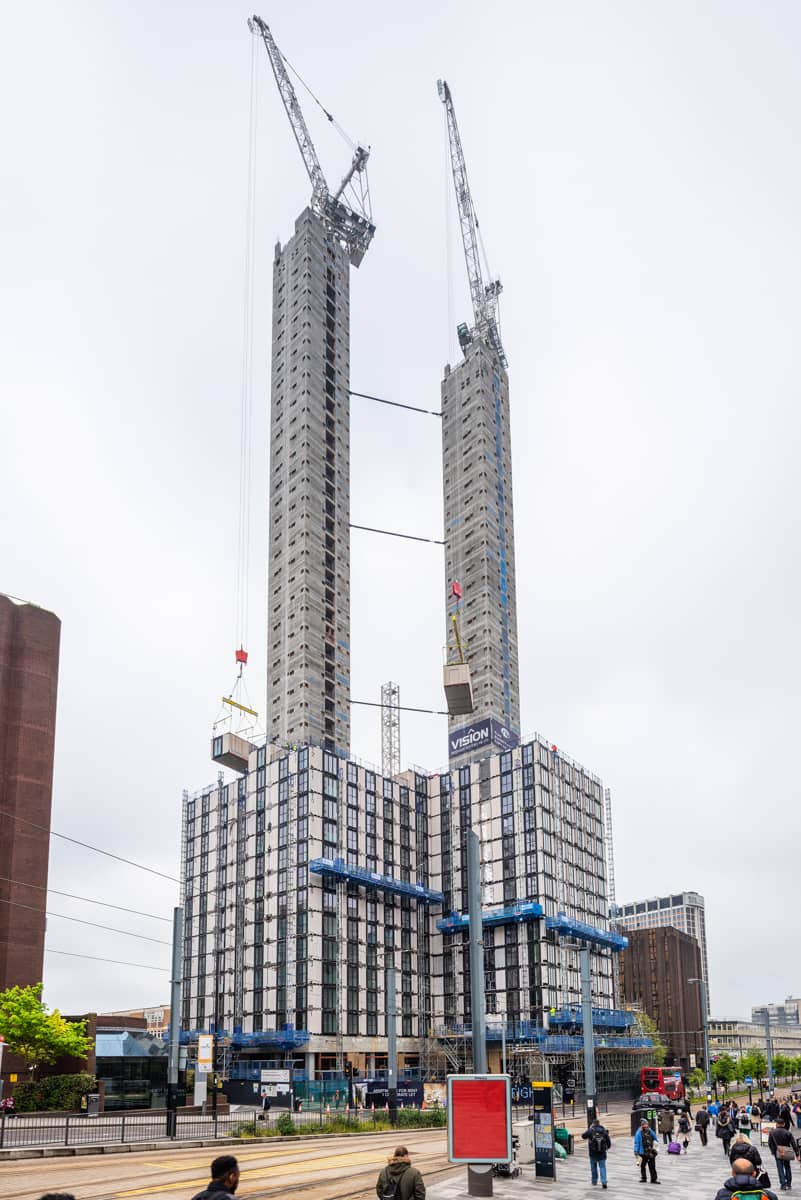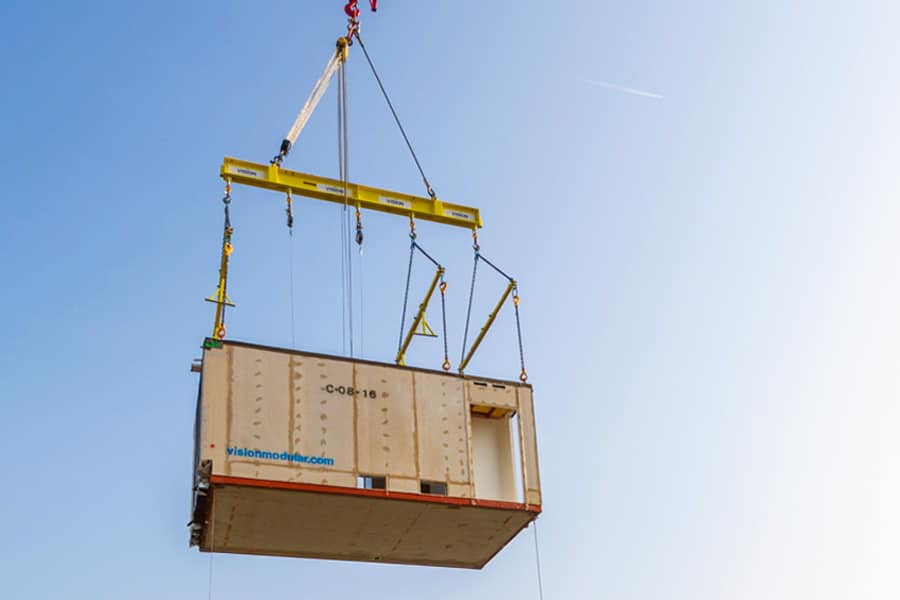Having a secure roof over one’s head is a basic human need, one we all recognise. Yet delivering the optimum number of homes is often a challenge for the construction industry. Radical change is required.
In England, the call to build more housing has been well publicised in recent years. Fueled by rising demand, there is an acute shortage; for some, it amounts to nothing less than a full-blown crisis.
The government knows it has to deliver, and ministers have gone so far as to pledge to build 300,000 homes a year by the mid-2020s.
Such a target might sound ambitious, but it is not without precedent. More than 50 years ago, local councils did just that, completing almost as many homes in 1967 and 1968 as the private sector did at the time, according to data compiled by the Office for National Statistics.
Half a century later, financial constraints mean local authorities aren’t building anywhere near as many houses. Instead, private developers have stepped into the breach. But they just can’t build the required number fast enough.
In such circumstances, innovation becomes the order of the day. And this is where modern methods of construction (MMC), and modular building techniques in particular, come in.
Built in factories, many modular homes are delivered and installed onsite in a near-complete state, with interior fixtures already in place. The nature of their manufacture means faults are identified early on, and quality can be more easily assessed and assured.
Modernise or Die
This is crucial, not least because industry figures have repeatedly called for the building industry to radically improve both productivity and quality. A notable contribution to the debate around the sector’s performance was the Farmer Review—also known as ‘Modernise or Die’—which was published in 2016 by industry veteran Mark Farmer.
The review highlighted areas where the construction industry needed to sharpen its act. Notably, Farmer called on the government to offer financial incentives to use off-site construction methods and on local authorities to specify the use of MMC when building social housing.
The benefits of MMC, and modular in particular, have not been lost on politicians. The U.K.’s Housing, Communities and Local Government Select Committee of MPs got behind the technology, recommending that the government “give clarity on standards for MMC homes, provide certainty of demand for the supply chain, introduce a bigger social housing programme and substantially increase funding for MMC homes.”
For its part, the government said it accepted the committee’s argument and would look into the matter further.
Despite the recent flurry of interest, it is worth remembering that the concept of modular housing isn’t new. Delivering ready-to-live-in dwellings to wherever they were needed gained traction in the U.K. in the aftermath of World War II, housing thousands of people who had lost their homes in bombing raids throughout the conflict.
Decades later, the urgent need for new homes has turned the spotlight back on the technology and its benefits.
Speedy delivery
According to the U.S.-based Modular Building Institute (MBI), using modular techniques can result in projects being completed between 30% to 50% more quickly than traditional construction.
The MBI highlights that between 60% and 90% of the modular construction is generally undertaken inside a factory. This means projects are less likely to be delayed by bad weather, can be better assessed for quality, are built to the same standards as traditional buildings and can be occupied sooner, helping to create a faster return on investment.
It is worth remembering that most U.K. housebuilders still use traditional methods to build homes and some, like Redrow, have ruled out a significant shift toward using MMCs. But a growing number of developers are using modular methodology to speed up delivery.
London-based Tide Construction has completed several housing projects using sister company Vision Modular Systems UK’s volumetric 3D structural modules, including what it claims is the world’s tallest modular housing development in Croydon, south London (see image).
Using traditional methods to build the two towers that make up the scheme would have taken four years to build; it was completed in 26 months.

Global take-up
Other countries have embraced the technology with enthusiasm.
In Japan, industrial conglomerate Sekisui has been using modular techniques to build homes in its factories for years. But by recognising demand overseas for faster housing delivery, the company has recently begun to expand in new markets including the U.S., Australia and, last year, the U.K., where it took a near-third stake in U.K. developer Urban Splash.
In the U.S., a report published by global management consulting firm McKinsey last year suggested that modular construction could turn into an industry worth more than $100 billion in U.S. and European real estate, delivering $20 billion in annual savings.
And McKinsey’s report says the move to modular was likely to “disrupt the construction industry,” a shift we have already seen with new players, including Google’s parent company, Alphabet, and retailing giant Amazon entering the market.
Many markets around the world have the conditions in place for modular construction to become well established, providing new homes quickly, efficiently and safely. For those needing a place to live sooner rather than later, this can only be good news.











